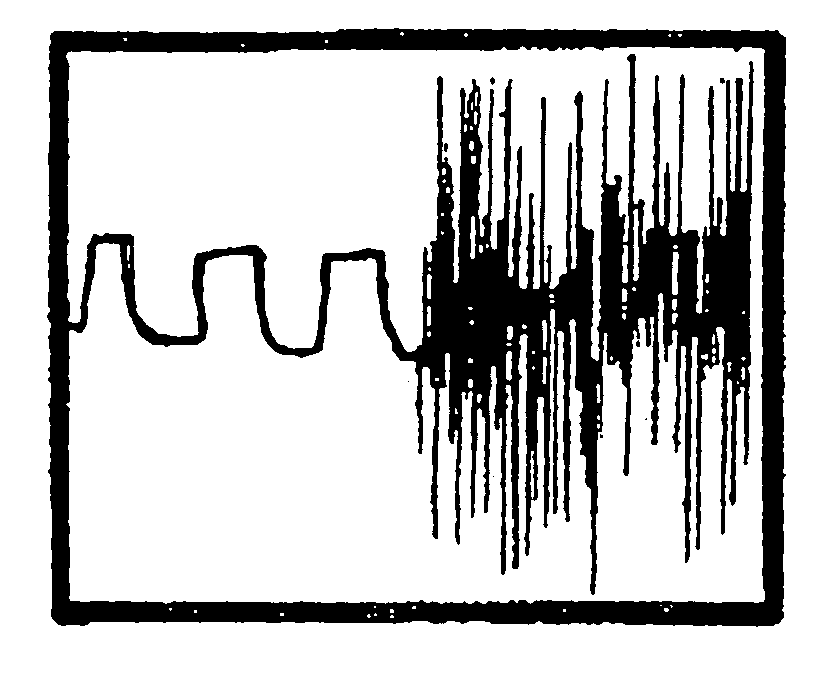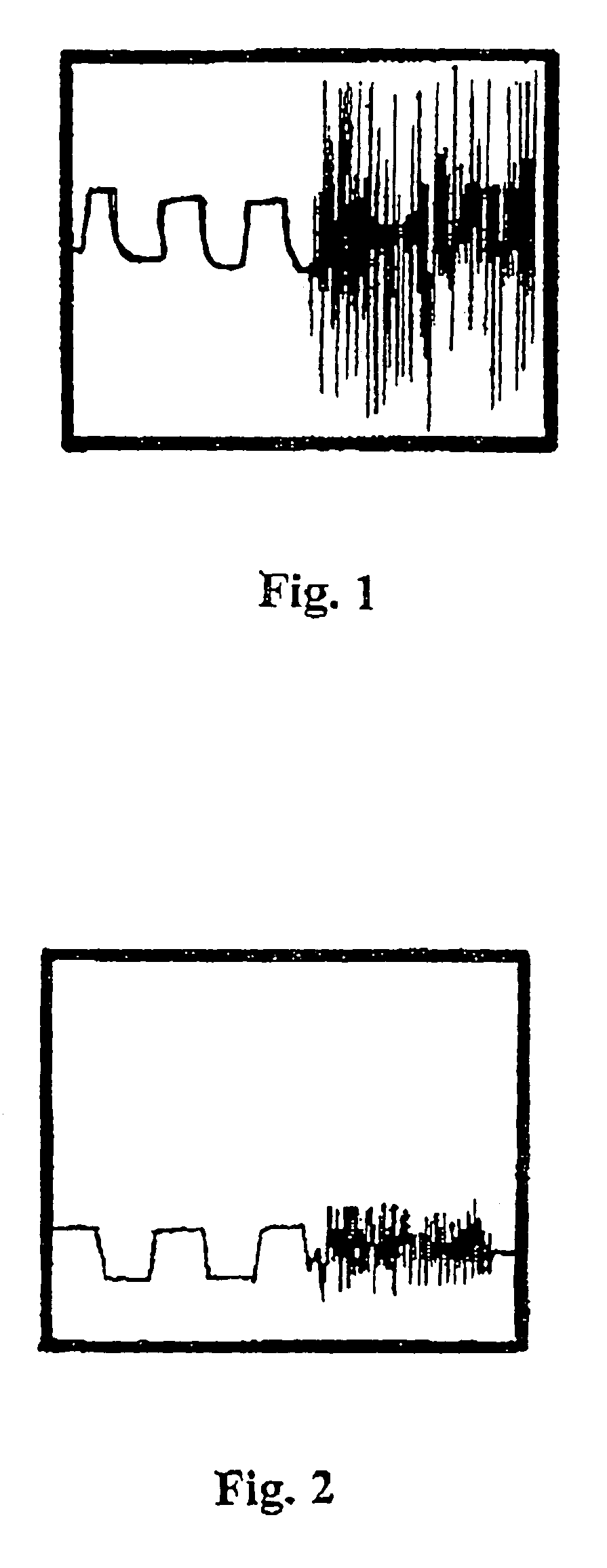Plastically deformable implant
a technology of implant and plastic shell, applied in the direction of prosthesis, impression caps, synthetic polymeric active ingredients, etc., can solve the problems of destroying or liquefying, the original gel structure cannot be restored, and the inability to m
- Summary
- Abstract
- Description
- Claims
- Application Information
AI Technical Summary
Benefits of technology
Problems solved by technology
Method used
Image
Examples
example 1
[0029]Using ultrasound, a mixture of 99% fluorocarbon, 0.9% isotonic physiological saline solution, and 0.1% OTL is prepared from perfluorophenanthrene which has been ultrapurified according to a well-known method (European Patent No. EP 0 626 936 B1), isotonic physiological saline solution and Fluowet OTL (firm of Clariant); a polyaphron gel in a volume concentration of less than 30% which has been prepared according to conventional methods is slowly added to this solution until the entire mixture solidifies to form a gel. The preparation turns completely transparent after the gas is carefully removed from it or it is centrifuged.
[0030]By subjecting this implant material to alternating mechanical stresses, such as heating to approximately 130° and / or adding water, it is possible to completely liquefy the material. By adding light mechanical energy or cooling or removing water through an absorbent material (dry glass filter, etc.), the gel is returned to its original state. This pro...
example 2
[0031]A plastically deformable implant material which has been prepared according to the instructions described in Example 1 is covered with twice the quantity of water. As a result, the gel-like phase expands. When the volume is limited, e.g., by a semipermeable bottom, an increased pressure begins to build up inside the material until the water on which pressure is exerted from one side exits and flows off on the other side, without destroying the gel structure.
example 3
[0032]An implant material which has been prepared according to the instructions described in Example 1 and which contains T14 instead of OTL (firm of Clariant), is covered with three times the quantity of water. Instead of the original phase boundary, a thin third phase forms. By especially adjusting the diffusion rates from the boundary layer of the implant and the depth of the volume of gel, it is possible to obtain a perfluorophenanthrene barrier layer which prevents a further dilution of the gel or the breakdown of the gel. This ensures that a stability over a very long time is achieved.
PUM
| Property | Measurement | Unit |
|---|---|---|
| surface tension | aaaaa | aaaaa |
| surface tension | aaaaa | aaaaa |
| refractive index | aaaaa | aaaaa |
Abstract
Description
Claims
Application Information
 Login to View More
Login to View More - R&D
- Intellectual Property
- Life Sciences
- Materials
- Tech Scout
- Unparalleled Data Quality
- Higher Quality Content
- 60% Fewer Hallucinations
Browse by: Latest US Patents, China's latest patents, Technical Efficacy Thesaurus, Application Domain, Technology Topic, Popular Technical Reports.
© 2025 PatSnap. All rights reserved.Legal|Privacy policy|Modern Slavery Act Transparency Statement|Sitemap|About US| Contact US: help@patsnap.com


